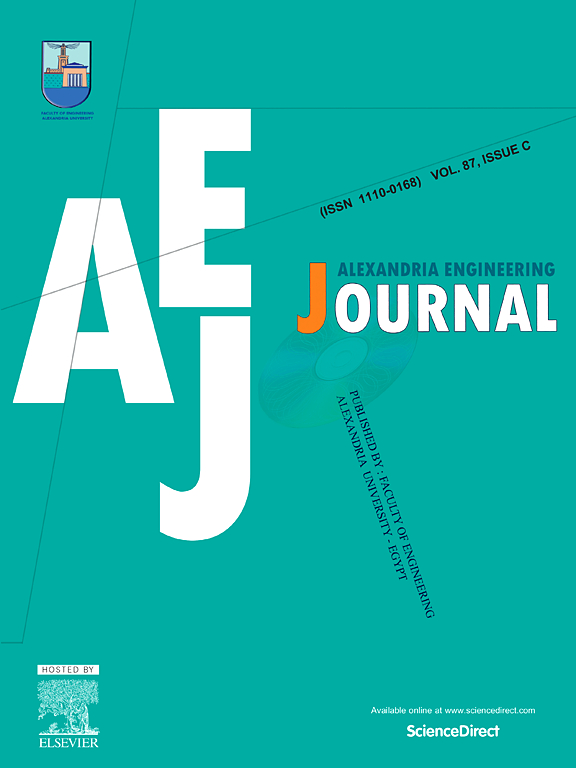3D-AOCL:不平衡三维点云分类的分析在线持续学习
IF 6.2
2区 工程技术
Q1 ENGINEERING, MULTIDISCIPLINARY
引用次数: 0
摘要
最近的自动驾驶系统在很大程度上依赖于从多个传感器收集的三维点云数据来进行环境感知和决策。然而,期望自动驾驶系统识别所有道路环境并处理所有交通状况是不现实的。自动驾驶模型需要实时更新,以便系统适应更多情况。这就是在线持续学习的关键所在。在线持续学习是自动驾驶领域的一种重要方法,因为它能使模型根据流输入数据更新参数,以适应新的环境和条件。自动驾驶领域的在线持续学习面临着几个挑战:数据融合效率低下、灾难性遗忘、计算资源不足、侵犯道路隐私和类别不平衡。为了应对这些挑战,我们提出了一种用于三维点云分类的分析在线持续学习方法(3D-AOCL)。该方法利用分析学习更新参数,并集成了一个特征融合模块和一个类别平衡器,以解决上述问题。它能够在特征级融合数据,平衡不同类别的样本,并通过计算分析解决方案更新参数。我们在 V2X-Seq 数据集上对车辆端、基础设施端以及车辆-基础设施合作数据验证了我们的方法。实验结果表明,我们的模型有效地解决了自动驾驶系统在线持续学习的关键问题,在 AMCA 分数上比其他模型高出约 4.00% 至 6.00%,同时只保留了 0.75% 的可训练参数。本文章由计算机程序翻译,如有差异,请以英文原文为准。
3D-AOCL: Analytic online continual learning for imbalanced 3D point cloud classification
Recent autonomous driving systems heavily rely on 3D point cloud data collected from multiple sensors for environmental awareness and decision-making. However, it is unrealistic to expect the autonomous driving system to recognize all road environments and handle every traffic situation. Models for autonomous driving need to be updated in real time in order for the system to adapt to more situations. This is where online continual learning becomes crucial. Online continual learning is an important method in the field of autonomous driving, as it enables models to update their parameters with streaming input data for adapting to new environments and conditions. Online continual learning in the field of autonomous driving faces several challenges: inefficient data fusion, catastrophic forgetting, insufficient computational resources, violation of road privacy and categories imbalance. To tackle these challenges, we propose an Analytic Online Continual Learning method for 3D Point Cloud Classification (3D-AOCL). This approach utilizes Analytic Learning to update parameters and integrates a feature fusion module along with a category balancer to address the above issues. It is capable of fusing data in feature level, balancing samples across various categories and updating parameters by calculating the analytical solution. We have validated our method on the vehicle side, the infrastructure side, and vehicle-infrastructure cooperative data on the V2X-Seq dataset. The experimental results demonstrate that our model effectively addresses key issues in online continual learning for autonomous driving systems, outperforming other models by approximately 4.00% to 6.00% in AMCA scores while only keeping 0.75% trainable parameters.
求助全文
通过发布文献求助,成功后即可免费获取论文全文。
去求助
来源期刊

alexandria engineering journal
Engineering-General Engineering
CiteScore
11.20
自引率
4.40%
发文量
1015
审稿时长
43 days
期刊介绍:
Alexandria Engineering Journal is an international journal devoted to publishing high quality papers in the field of engineering and applied science. Alexandria Engineering Journal is cited in the Engineering Information Services (EIS) and the Chemical Abstracts (CA). The papers published in Alexandria Engineering Journal are grouped into five sections, according to the following classification:
• Mechanical, Production, Marine and Textile Engineering
• Electrical Engineering, Computer Science and Nuclear Engineering
• Civil and Architecture Engineering
• Chemical Engineering and Applied Sciences
• Environmental Engineering
 求助内容:
求助内容: 应助结果提醒方式:
应助结果提醒方式:


